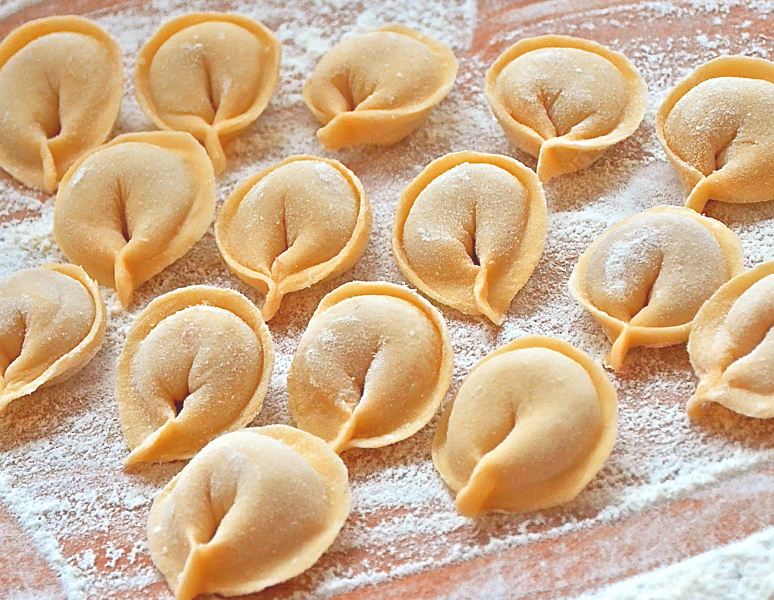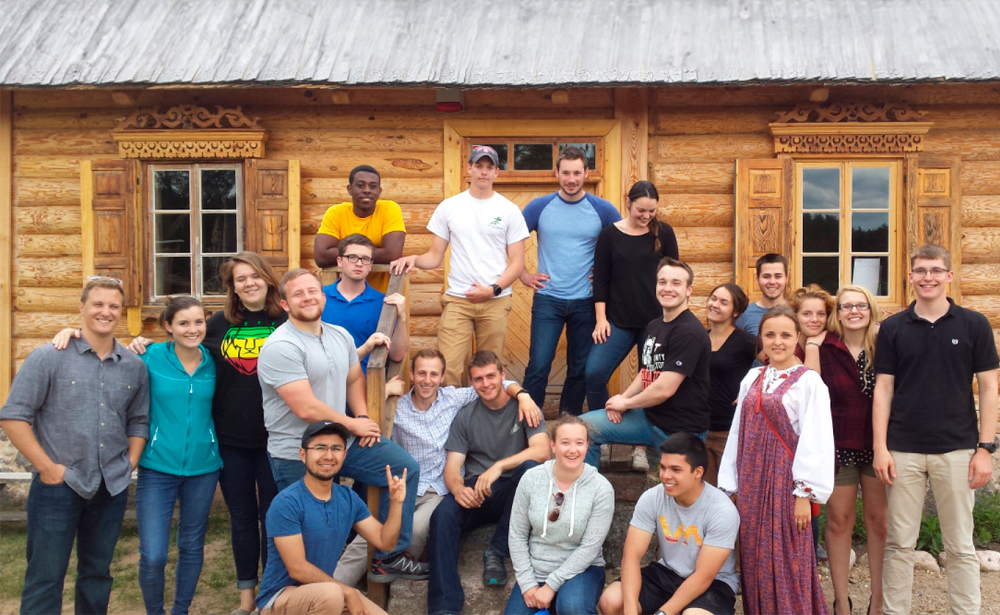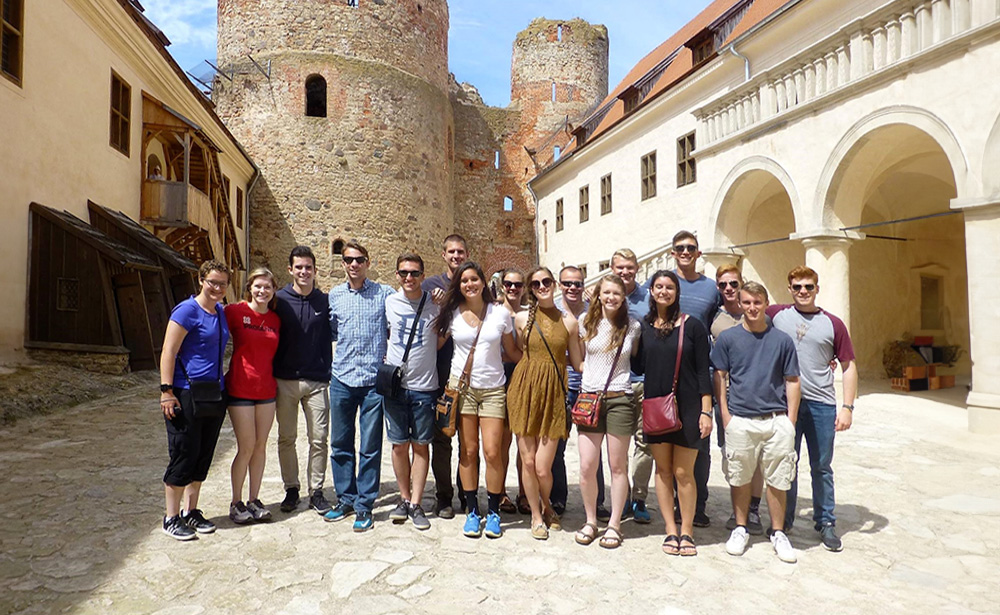Russian Pelmeni: three Recipes
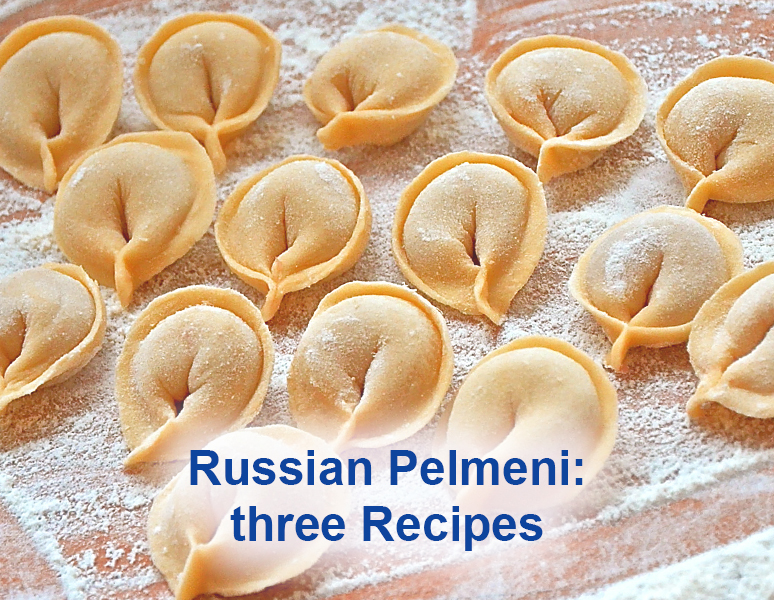
Dishes similar to pelmeni can be found in lots of cultures around the world. However, only in Russia this dish is extremely popular. If you have ever been interested in Russian cuisine you definitely know about Russian pelmeni. Today we are going to tell you how to cook real Russian pelmeni.
Ural Pelmeni
It is thought that pelmeni came to Russian cuisine from the Ural, where in ancient times this dish had a sacred meaning. Ural pelmeni have a special filling made from there types of meat added in strict proportions.
Ingredients for dough
- 2 glasses of flour
- 3 eggs
- 2/3 glass water
- 0.5 – 1 tsp salt
Ingredients for filling
- 0,65 lb beef
- 0,65 lb pork
- 0,45 lb lamb
- 0,45 lb onion
- 6,7 oz milk
- Salt, black pepper to taste

For making the dough:
- Sift the flour onto a smooth clean surface so it makes a hill;
- Make a hole in the hill, add an egg and pour there salty water;
- Knead the dough so it doesn’t get sticky.
For the filling:
- Put pork, beef and lamb into a meat mincing machine and mince it twice;
- Chop the onion and add it to the minced meat;
- Pour milk into the minced meat, add salt and pepper, and mix it well.
If the minced meat seems not juicy enough, add a little water.
Start making pelmeni:
- Roll out the dough;
- Cut the “circles” out with a glass;
- Put the filling on one half of the “circle”;
- Cover the filling with the other half, squeeze the edges together.
Boil pelmeni in a salted water for 15-20 minutes.
Siberian Pelmeni
For people in Siberia pelmeni have always been one of the most important dishes. People used to take them when they went hunting in taiga and they used to freeze pelmeni . Frozen pelmeni can be kept long and cooked quickly; therefore explorers of the North have always taken them as a food reserve. Pelmeni are a part of a New Year treat in Siberia.
Ingredients for dough
- 1.5 glass of wheat flour
- 2 eggs
- ½ tsp salt
- ½ glass of water
Ingredients for filling
- 0,45 lb beef
- 0,55 lb pork or lamb
- 0,0 9 lb onion
- 0,0 2 lb salt
- 0.2 g pepper
- 0.5 g sugar
- 4/5 glass of water

For making the dough:
- Mix well water, salt and 1 egg;
- Sift the flour onto the table so it make a hill, make a hole;
- Pour into the hole the mix of water, salt and an egg;
- Knead the dough and leave it for 20-30 minutes
For the filling:
- Mince beef and pork in a meat mincing machine;
- Add sugar, salt, pepper, water and minced onion;
- Mix thoroughly.
Start making pelmeni:
- Roll out the dough as a thin strip;
- Cover it with an egg;
- Put portions of minced meat
- Cut the “circles” of dough out with a glass;
- Fold a circle over in half and squeeze the edges;
Boil Siberian pelmeni in a large amount of salted water (4l of water, 40 g of salt for 1 kg of pelmeni) for 9-10 minutes.
Traditionally Siberian pelmeni are served with a hot sauce made from vinegar and mustard.
Fried Pelmeni
Yes, you can boil as well as fry or even bake any kind of pelmeni . However, in order to have your pelmeni especially tasty you should consider some nuances when you make fried pelmeni.
Ingredients for dough
- 1,1 lb flour
- 6,7 – 8,5 oz water
- 1 tsp salt
Ingredients for filling:
- 1,1 lb minced meat (pork, beef or lamb)
- 1 onion
- 0.25 tsp ground ginger
- 0.25 tsp ground black pepper
- 5-6 tbsp olive oil

For making the dough
- Sift the flour, add salt and water;
- Add warm water and knead the dough;
- When the dough is smooth, cover it with a towel and leave for 15-20 minutes.
For the filling
- In a bowl mix the minced meat with spices;
- Chop the onion finely and add to the minced meat, mix all ingredients thoroughly.
Start making pelmeni
- Divide the dough into small portions and roll it out thinly;
- Cut out “circles” with a glass, put a small portion on the circle, fold the circle over in half and squeeze the edges. However, in order to fry pelmeni, leave a hole in the middle.
How to fry pelmeni
- Pour some olive oil on the frying pan;
- Put pelmeni in a frying pan;
- Fry pelmeni from one side until they turn brown;
- Once pelmeni turn brown, pour some boiled water in the frying pan to half cover pelmeni, but be careful, you should pour boiled water very quickly;
- Put the lid, and fry pelmeni until all water evaporates;
- Get pelmeni dry on both sides.
What else can you make pelmeni with?

Actually with anything. There are numerous types of fillings for pelmeni: meat, vegetable, sweet, seafood, fish, and even fruit. You can try out and fill pelmeni to your taste. You can also try out various sources. Traditionally pelmeni are served with sour cream sources, but they go well with any other types of sources.
You should try to make real Russian pelmeni and tell us about it in your comments!
You may be interested
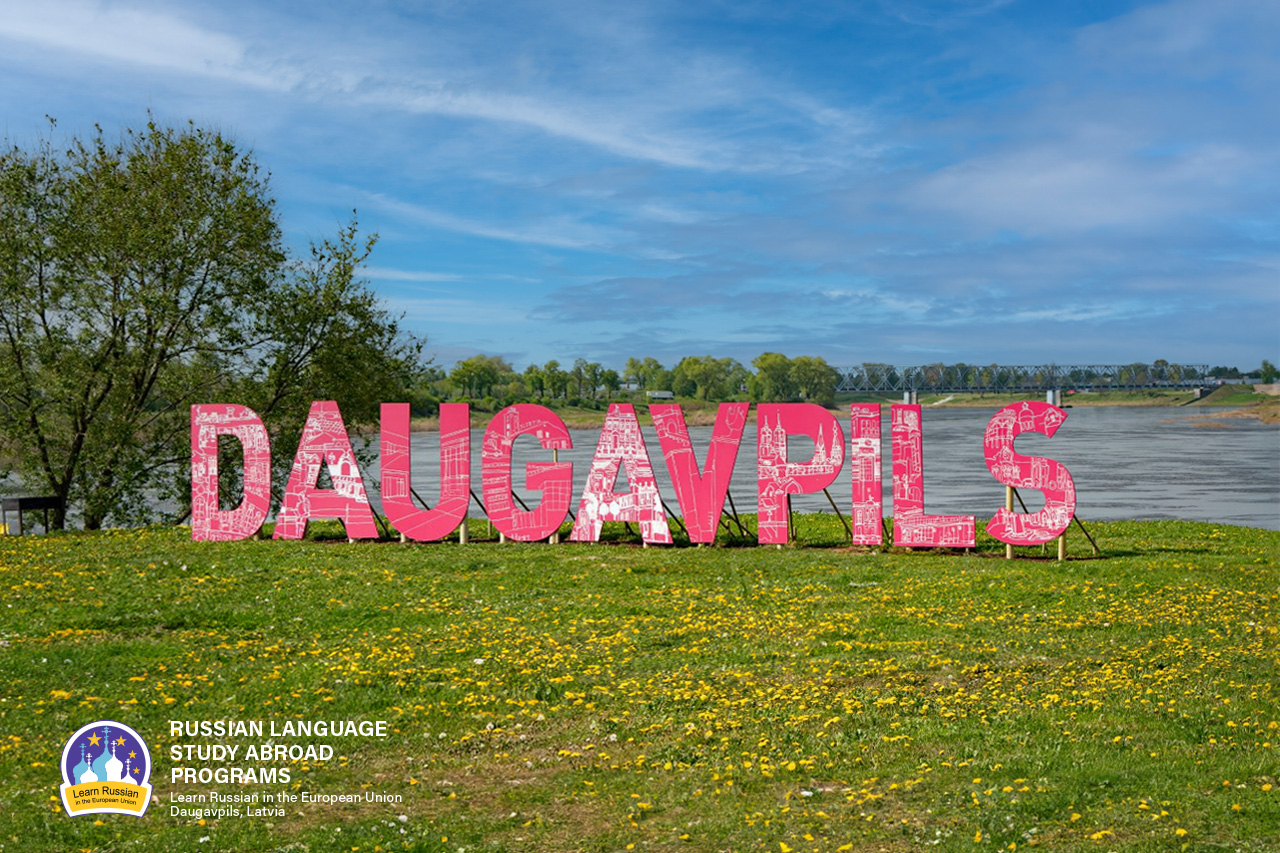
Why do people speak Russian in Daugavpils?
As it seems to us, Daugavpils is the best place to learn Russian now, because our city is situated in the EU and NATO, but at the same time 90% of the city’s population speak Russian at home.

ЭТЮД О ДВИНСКЕ
Etude on Dvinsk by F.Fedorov
The Baltic region is one of the most catastrophe prone regions of the 2nd millennium, especially its second part; it is the centre of attraction of ‘geopolitical’ interests of the European world. Probably the most tragic fate has befallen to the eastern part of the present Latvia and its multi-titled town of Dinaburg – Dvinsk – Daugavpils. During its 730 years long history, the town went through five rather autonomous periods of development, five different lives (German, Polish, Russian, Latvian, Soviet), and at the beginning of the 1990s it entered into the 6th period.
The history of Dinaburg – Dvinsk – Daugavpils is the history of five attempts by the town to begin its life anew; and this is determined not only by the fact that the town was four times burned down and had to start life from scratch, but first and foremost because each of these periods was characterized by a total change of ethnos and the socio-cultural field.
The present article deals with the cultural space of the town in one of the most efficient periods of its development – from the 1860s till World War I.


